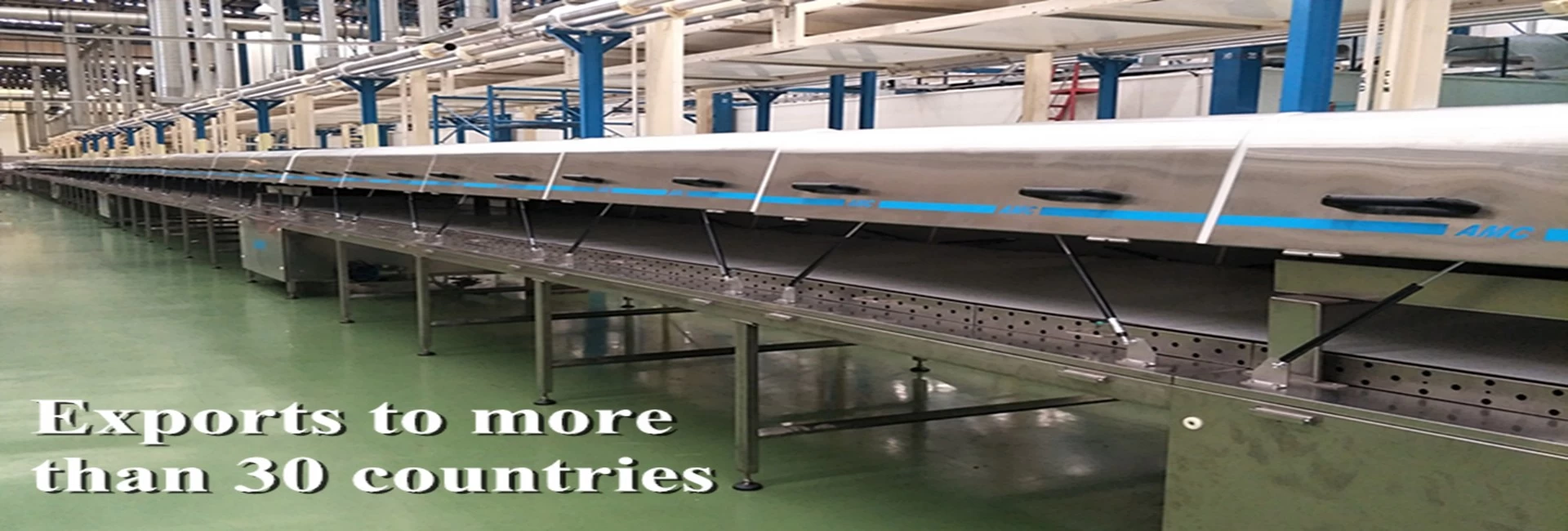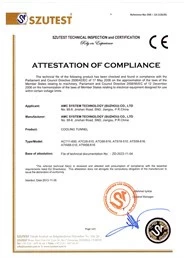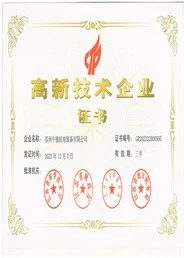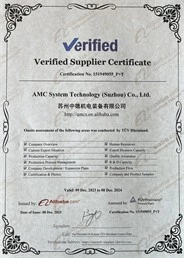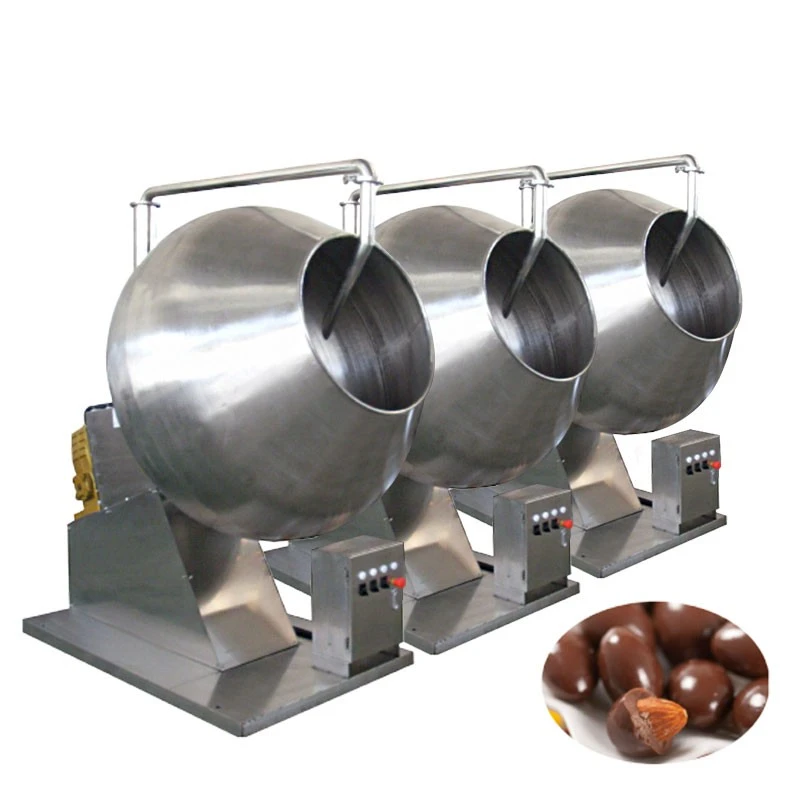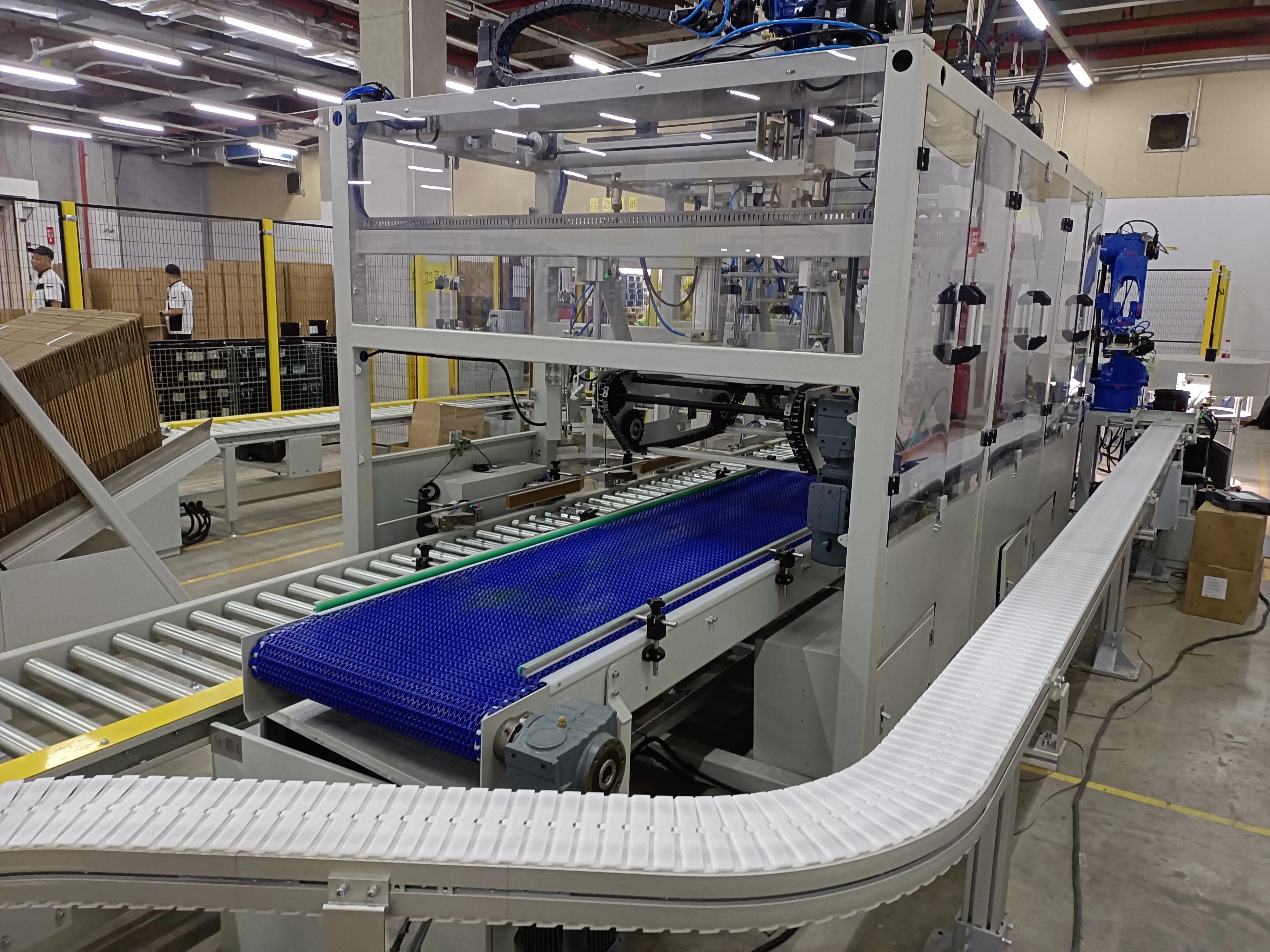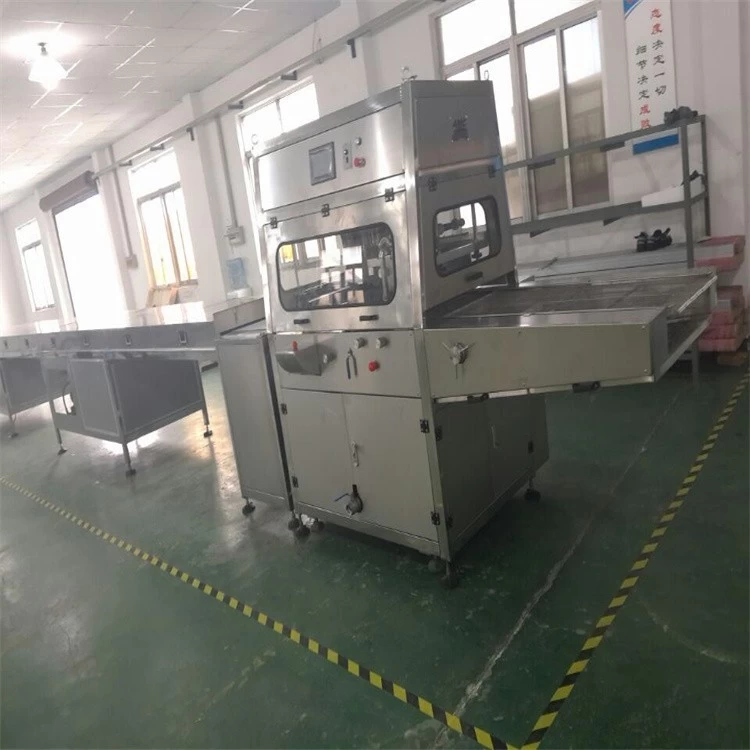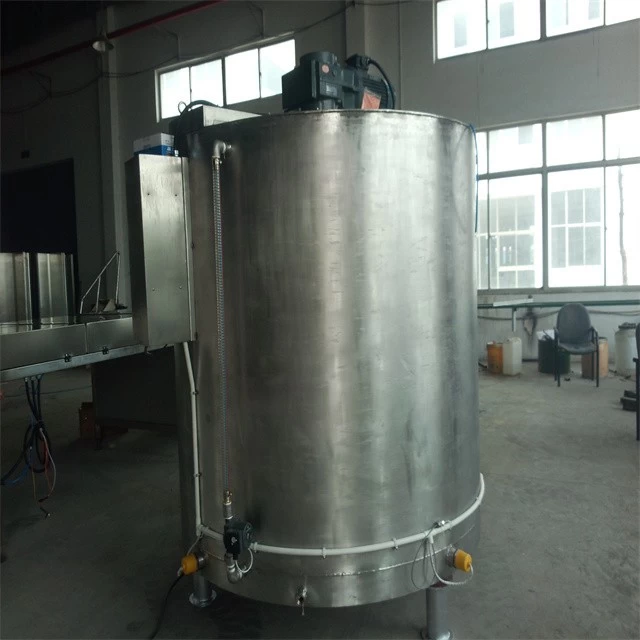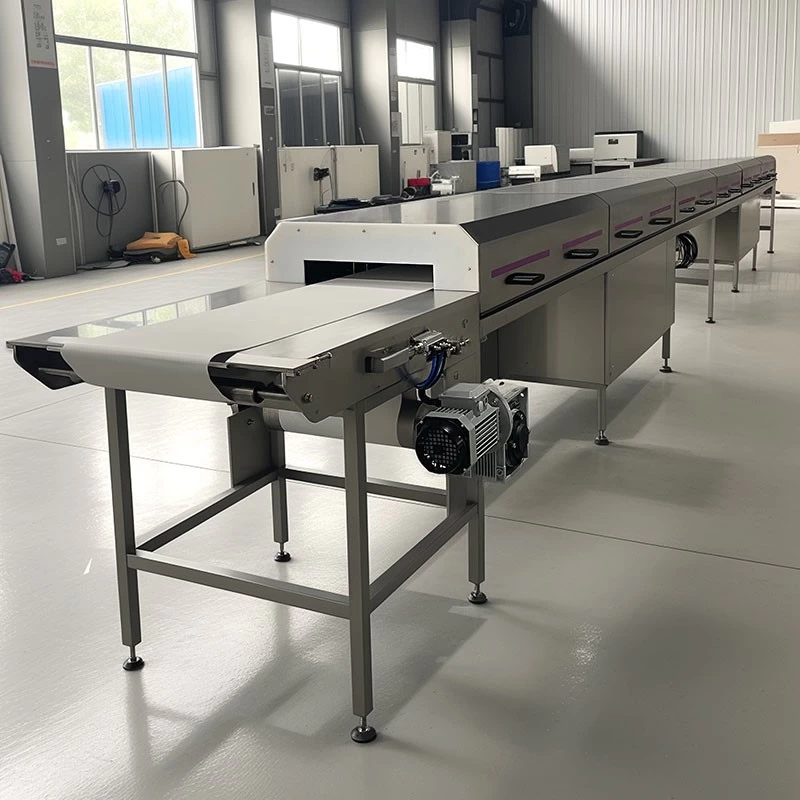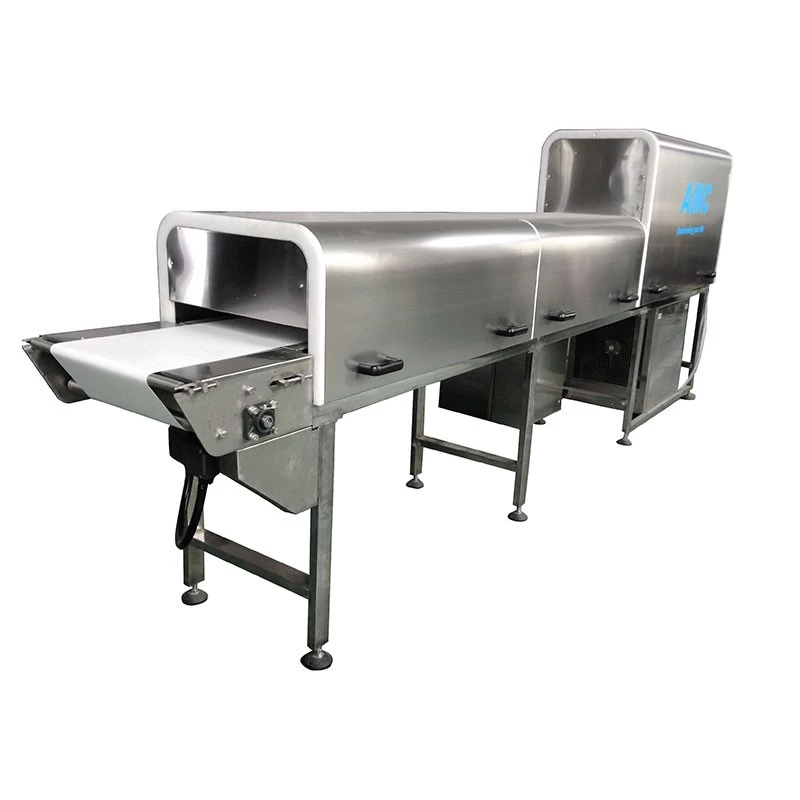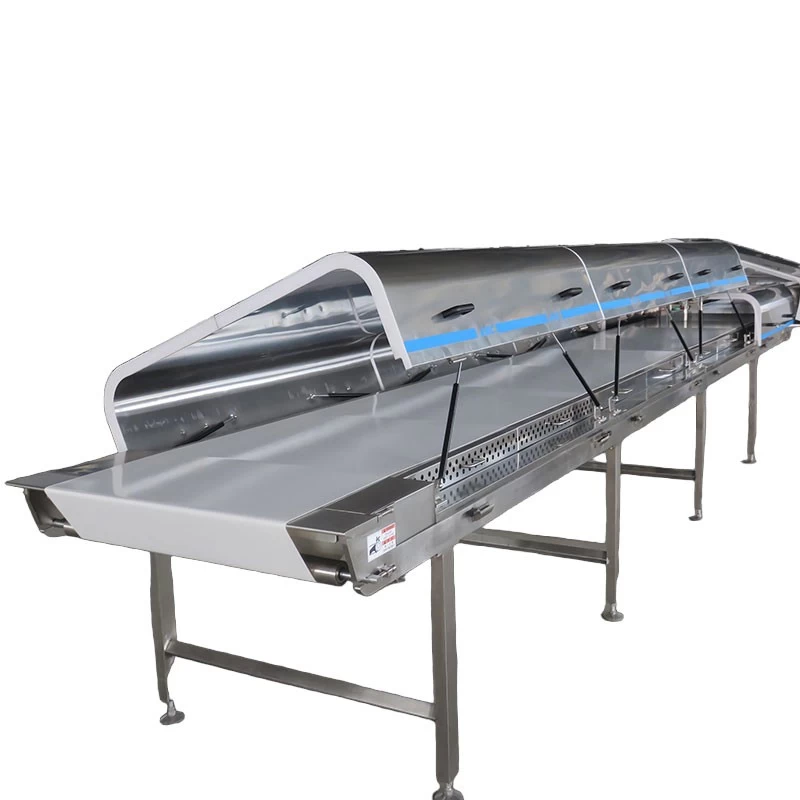The impact of industrial chillers evaporation and condensation temperature of the system
AMC
AMC
2016-01-26 14:15:25
The increase due to the thermal load variations cause industrial chillers refrigeration system, provided that the amount of wind industrial chillers refrigeration systems, heat exchangers and other constant, constant temperature heat sink. It can be understood, due to the increased heat ends instantaneous load, equivalent to an instantaneous heat source temperature increase. Then when the industrial chiller evaporator temperature has not changed, the evaporation side temperature difference increases, resulting in increased evaporation side transient heat absorption, increase superheat, compressor discharge temperature is increased.
Due to the hot end of the suction side to increase the heat to bring more load condensate. This inference outward sign is instantaneous compressor discharge temperature. On the other hand, with the feedback of the expansion valve, leading to increased superheat spool down, the supply amount of the increase resulting in evaporation temperature rises, industrial chiller system as a whole by increasing the temperature difference hinder the evaporation side to offset the instantaneous thermal load increase the impact on the entire system, and then reach a new equilibrium. This inference can be raised outward sign is measured evaporation side pressure.
Many people will say, evaporation temperature increase will raise industrial chillers refrigeration factor, but it is one-sided, especially in the condensation side heat exchanger itself is the premise of the short board. Refrigeration units increased simultaneously with the increase in mass flow jointly lead industrial chiller evaporator side heat transfer increases, the compressor side due to the increased mass flow will increase power consumption. Load both have to go through the condensation side heat discharge. In the case of industrial chillers condensing side does not have a large amount of wealth, often condensing temperature will increase (industrial chiller system by increasing the temperature difference between the condensation side heat sink side to achieve a greater amount of heat), according to the isobars After cooling the pressure-enthalpy diagram, it is bound to bring the increased dryness of the throttle system after condensation process, on the contrary hinder the further increase in industrial chiller unit cooling capacity, also reached a new equilibrium.
And get this, the outward signs can be increased through the condensing pressure measured out. So, in many cases, for a given design conditions existing systems will increase the evaporation temperature industrial chiller system brings more power to the condenser greater load, often it would be wasted. After the above analysis, it is not difficult to find, with the increase in the hot end of the instantaneous load, often can be seen above the external manifestations: industrial chillers exhaust temperature, the condensing pressure is increased, the evaporation pressure increase, and because self-balancing industrial chiller system to the outside world feedback to make changes to reach equilibrium in the new conditions. Of course, if the condenser design margin is not likely the system will reach a new equilibrium in the process of the protection out.
Due to the hot end of the suction side to increase the heat to bring more load condensate. This inference outward sign is instantaneous compressor discharge temperature. On the other hand, with the feedback of the expansion valve, leading to increased superheat spool down, the supply amount of the increase resulting in evaporation temperature rises, industrial chiller system as a whole by increasing the temperature difference hinder the evaporation side to offset the instantaneous thermal load increase the impact on the entire system, and then reach a new equilibrium. This inference can be raised outward sign is measured evaporation side pressure.
Many people will say, evaporation temperature increase will raise industrial chillers refrigeration factor, but it is one-sided, especially in the condensation side heat exchanger itself is the premise of the short board. Refrigeration units increased simultaneously with the increase in mass flow jointly lead industrial chiller evaporator side heat transfer increases, the compressor side due to the increased mass flow will increase power consumption. Load both have to go through the condensation side heat discharge. In the case of industrial chillers condensing side does not have a large amount of wealth, often condensing temperature will increase (industrial chiller system by increasing the temperature difference between the condensation side heat sink side to achieve a greater amount of heat), according to the isobars After cooling the pressure-enthalpy diagram, it is bound to bring the increased dryness of the throttle system after condensation process, on the contrary hinder the further increase in industrial chiller unit cooling capacity, also reached a new equilibrium.
And get this, the outward signs can be increased through the condensing pressure measured out. So, in many cases, for a given design conditions existing systems will increase the evaporation temperature industrial chiller system brings more power to the condenser greater load, often it would be wasted. After the above analysis, it is not difficult to find, with the increase in the hot end of the instantaneous load, often can be seen above the external manifestations: industrial chillers exhaust temperature, the condensing pressure is increased, the evaporation pressure increase, and because self-balancing industrial chiller system to the outside world feedback to make changes to reach equilibrium in the new conditions. Of course, if the condenser design margin is not likely the system will reach a new equilibrium in the process of the protection out.




